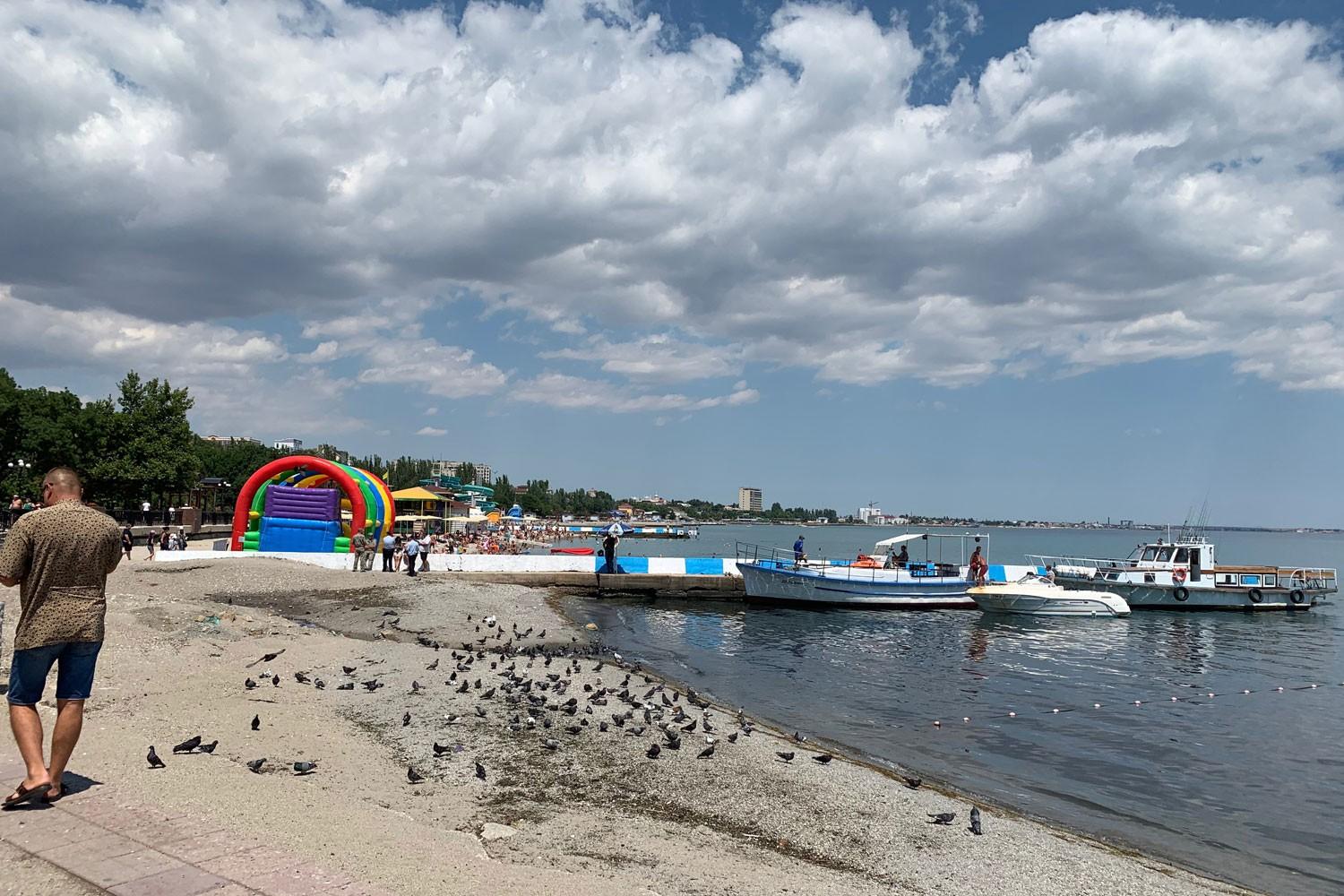
Hovhannes Aivazovsky: Theodosia’s Armenian Trademark
The little boy born in Theodosia 202 years ago, who used to cover the walls of everyone’s houses with maritime paintings, has since become the pride of the town.
Theodosia, located on the Black Sea coast in the southeastern part of Crimea, is one of the area’s most popular beach resorts. This town, with its 68,000 inhabitants, lives on seasonal tourism.
Walking around the Theodosia and its seaside boulevard, it becomes obvious that Aivazovsky is the town’s trademark, as it’s filled with a gallery, fountain, and a street named after him. The painter is buried here.
Aivazovsky's house is right on the shore of the sea. He resided there starting in 1845, after his studies and numerous trips. He built his house there to be close to the sea and to feel its depth, to feel every nuance and mood of the sea.
Recently, Aivazovsky's house was renovated, adding some new halls and creating the best possible conditions to display the master's canvases.
At this time of the year, the house-museum is always crowded. Tourists wait at the entrance until the previous group finishes their visit. All groups are accompanied by museum guides who tell about the life of the artist, his biography and the history of the heritage in details.
His furniture, black and white pianos, a sofa, chairs, and a fireplace, which showcase Aivazovsky's taste and richness, can still be found at the house.
Aivazovsky has greatly contributed to the development of Theodosia, including the construction of a museum, the preservation of monuments, the opening of a school of art, and so on by his own means. The railroad, which was built due to Aivazovsky’s initiative, passes in front of the house. He also supported the town's drinking water system installation. The guides tell the tourist groups about this and do not hide the Armenian origin of the world-famous marine art master.
Theodosia was popular with Armenians in the Middle Ages. The groups of merchants and craftsmen who moved here came especially in the 11th-12th centuries.
The town had a population of 70,000 in the 14th century, of which 46,000 were Armenians. In the 18th century, after the Russo-Turkish War, Armenians were expelled from Crimea, and around 6,000 Armenians left Theodosia.
There was also a mass outflow of Armenians from Crimea during the Soviet times and World War II. There are 15,000 Armenians living in Crimea today, with 3,000 Armenians living in Theodosia.
Aivazovsky died at the age of 82. According to his will, the artist was buried in the courtyard of St. Sargis Armenian Church in Theodosia. Aivazovsky's second wife, Anna Burnazyan, is also buried there.
A quote from Movses Khorenatsi's History of Armenia in Classical Armenian is engraved on his tombstone, which translates as: "Born a mortal, he left an immortal legacy".
His last and unfinished canvas, The Explosion of the Turkish Ship, is displayed in the museum, together with the master’s brushes and the post-mortem hand and mask.
The street named after the artist is at the entrance to the Armenian quarter. It leads up to Armenian Street, where the Church of the Holy Archangels is located. Hovhannes Aivazovsky's brother Gabriel is buried in the yard.
The church is not functioning at present.
Ayvazovsky also painted his family members, and most of those paintings are stored in his house-museum.
The magnets, postcards and souvenirs sold in Theodosia either depict Aivazovsky or are decorated with his paintings.
Next to his house, there is a statue of the master with an inscription "Theodosia to Aivazovsky".
Aivazovsky, in turn, continues to reinvigorate his beloved city.
 Videos
Videos Photos
Photos
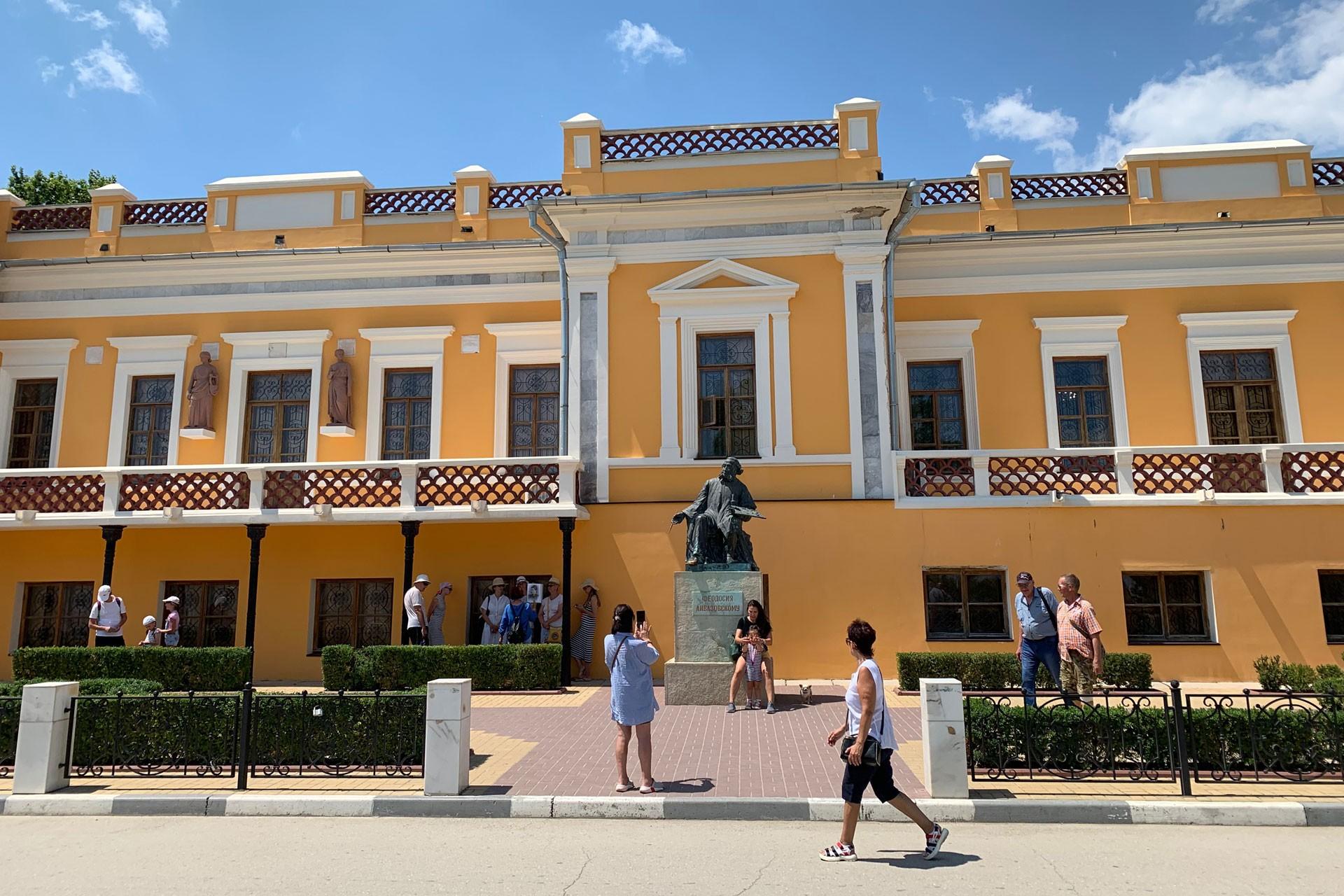

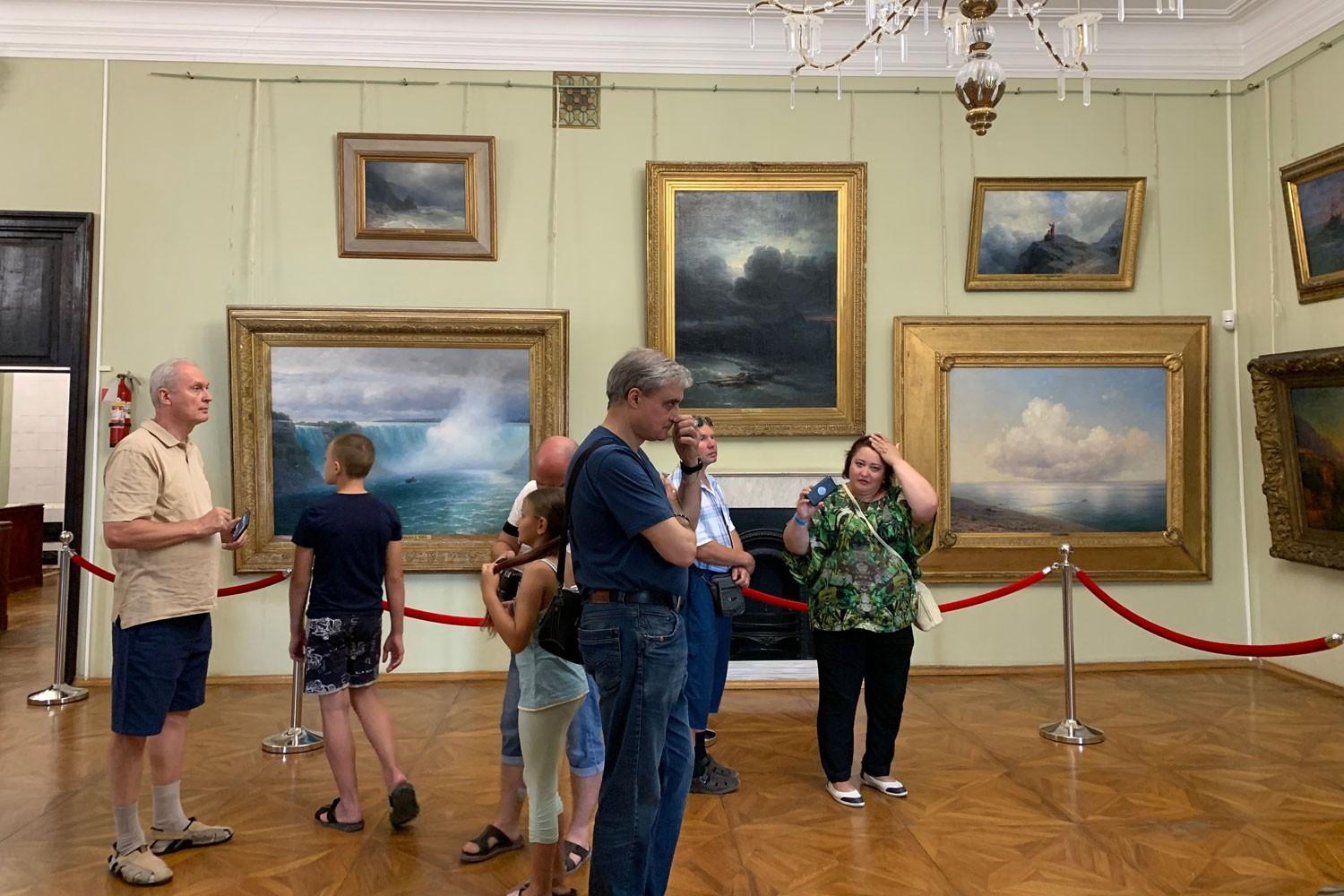

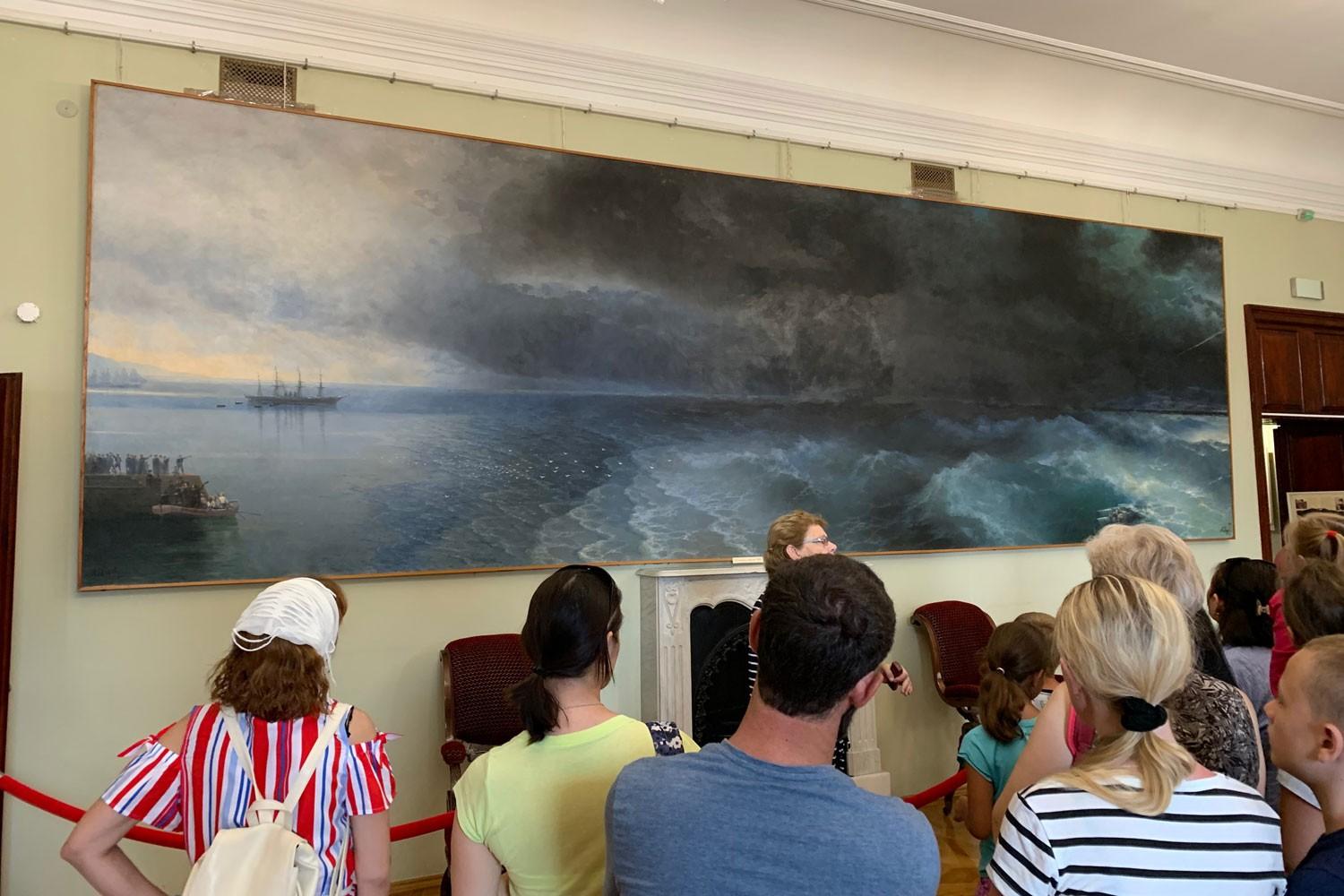

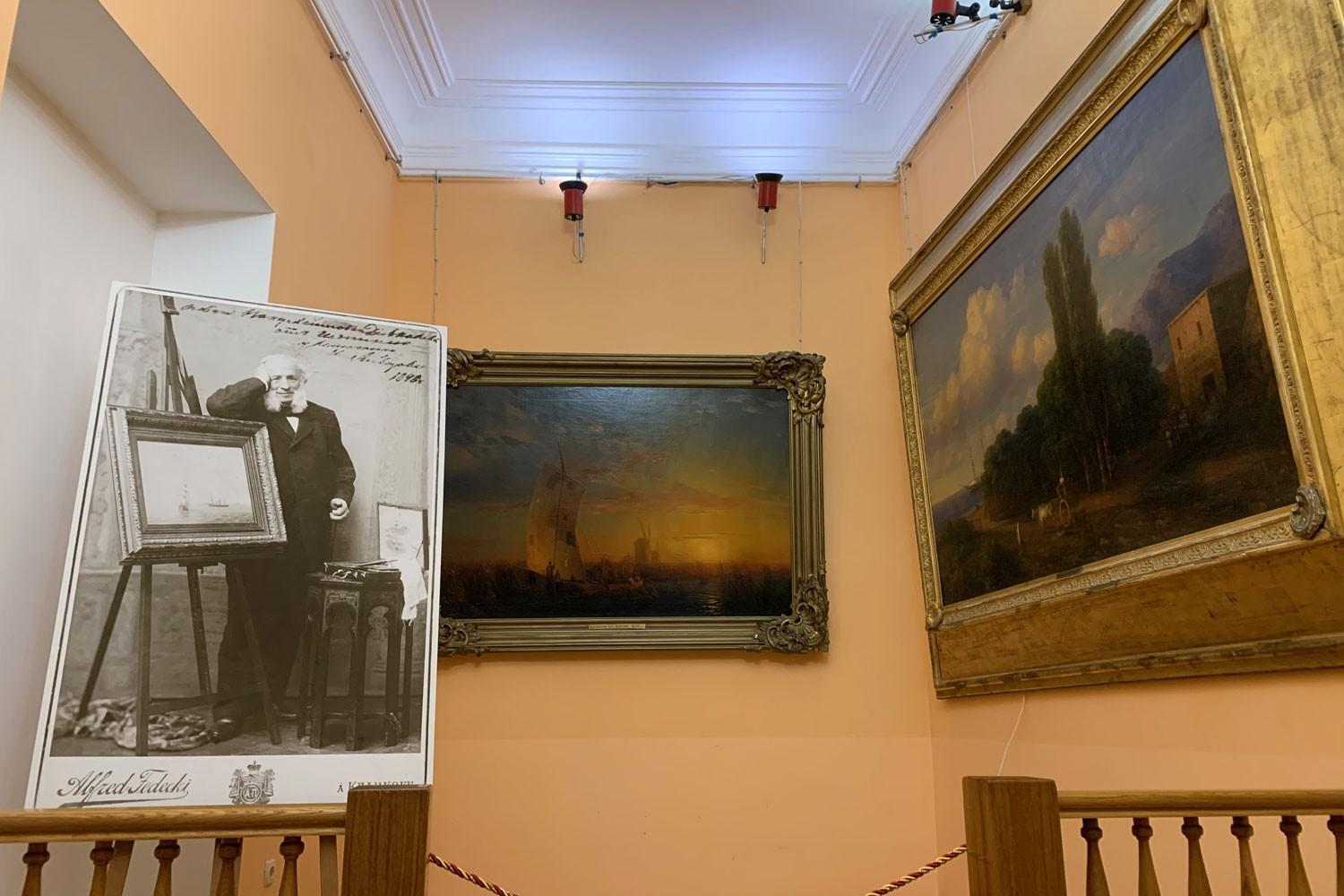
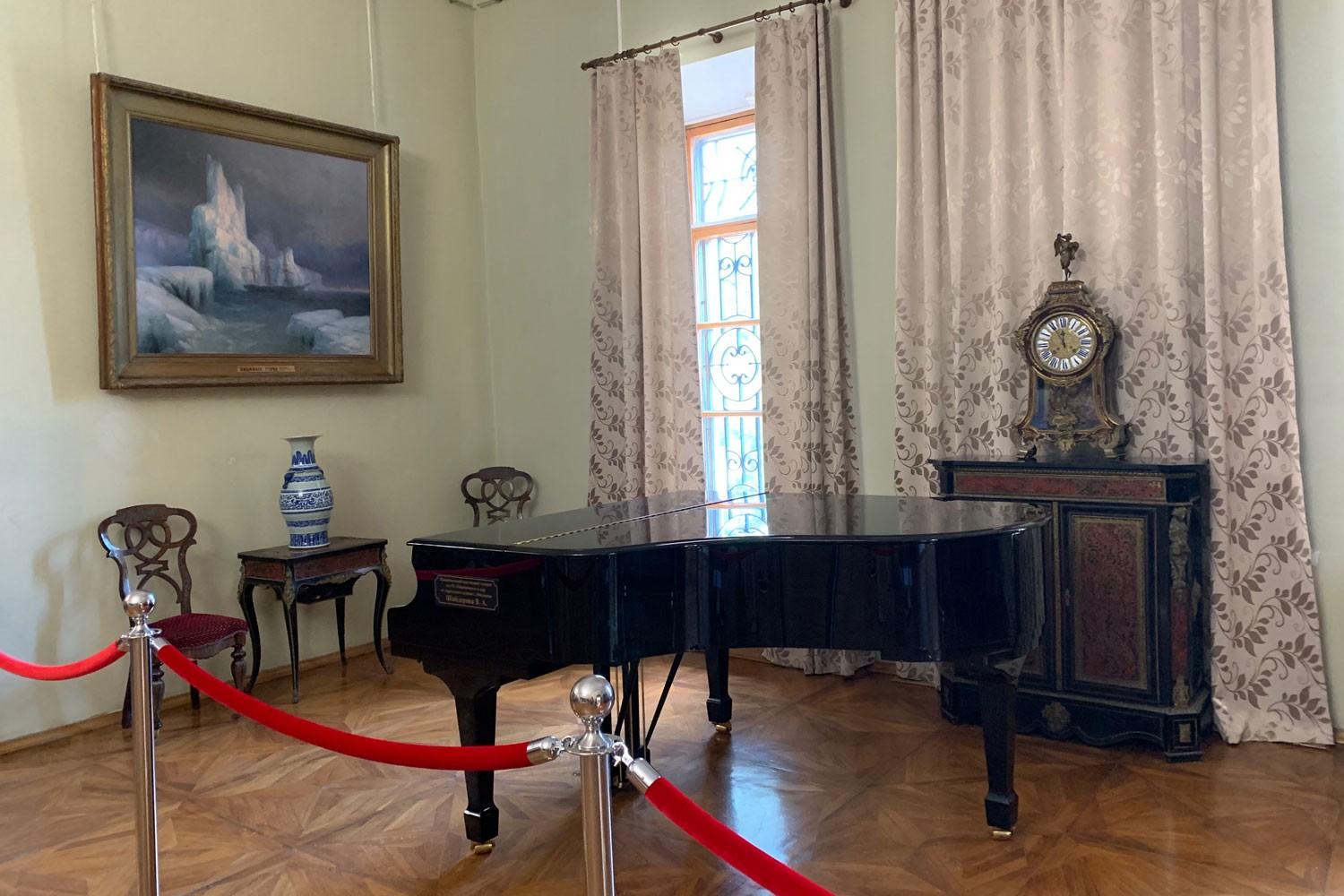
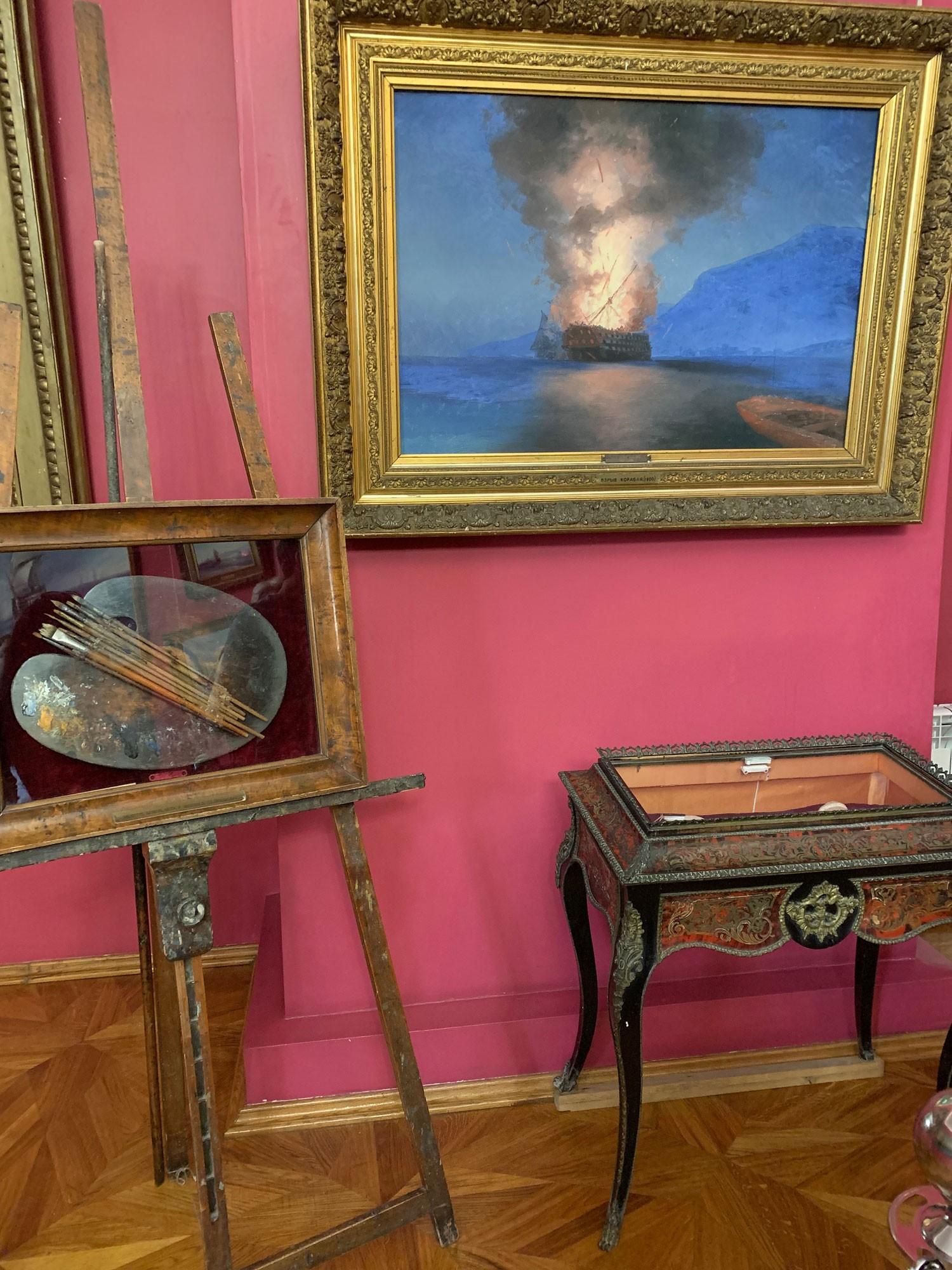
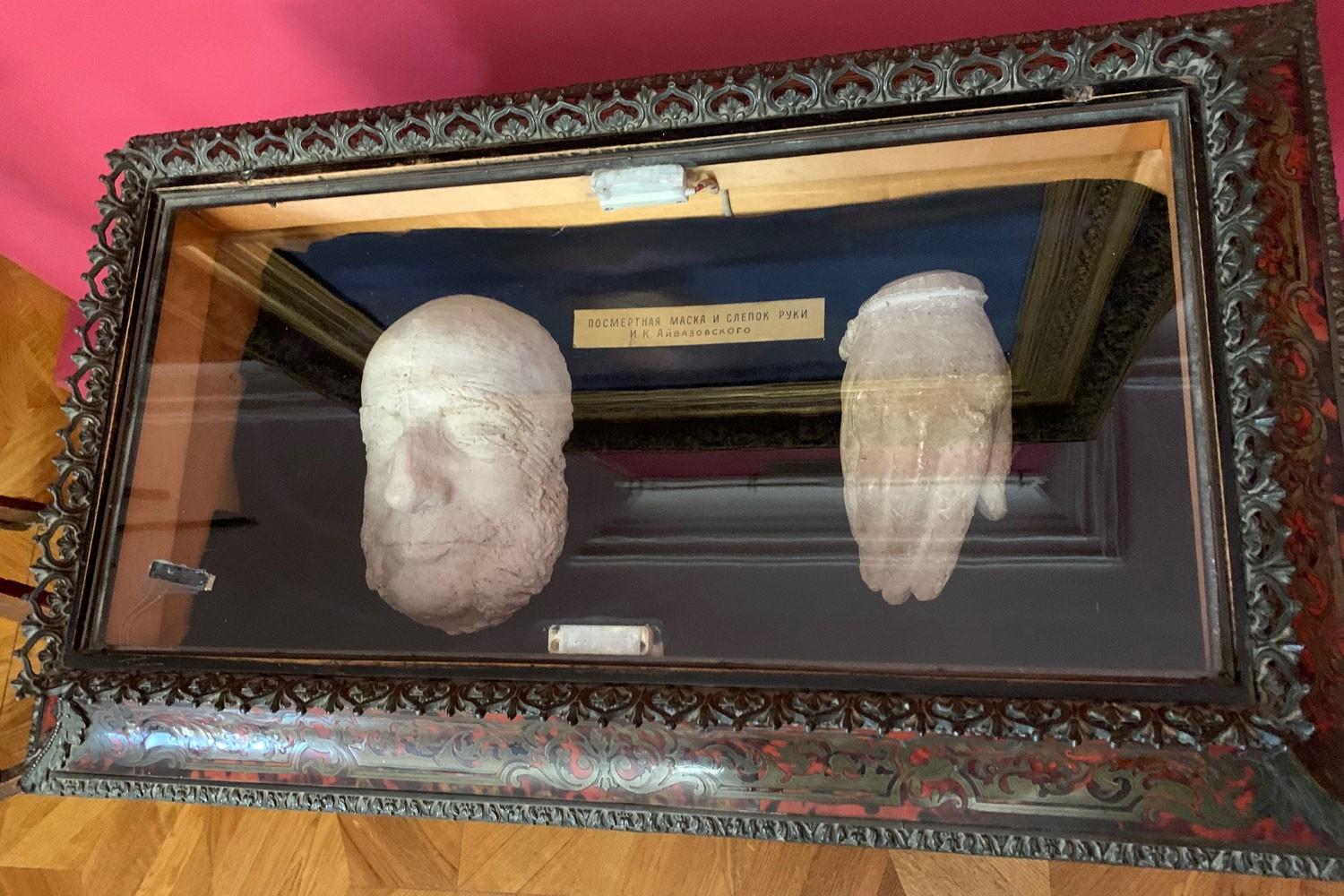
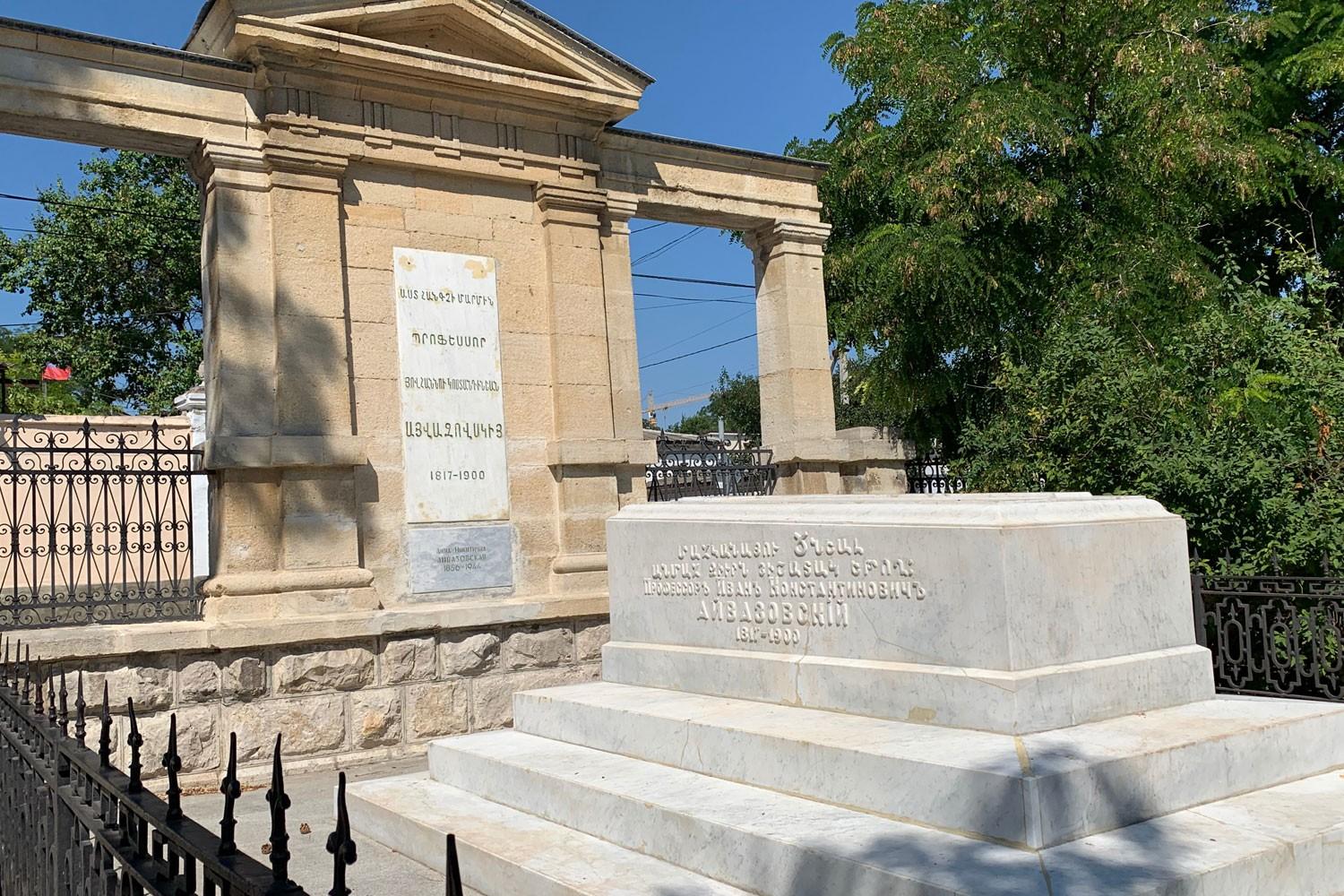


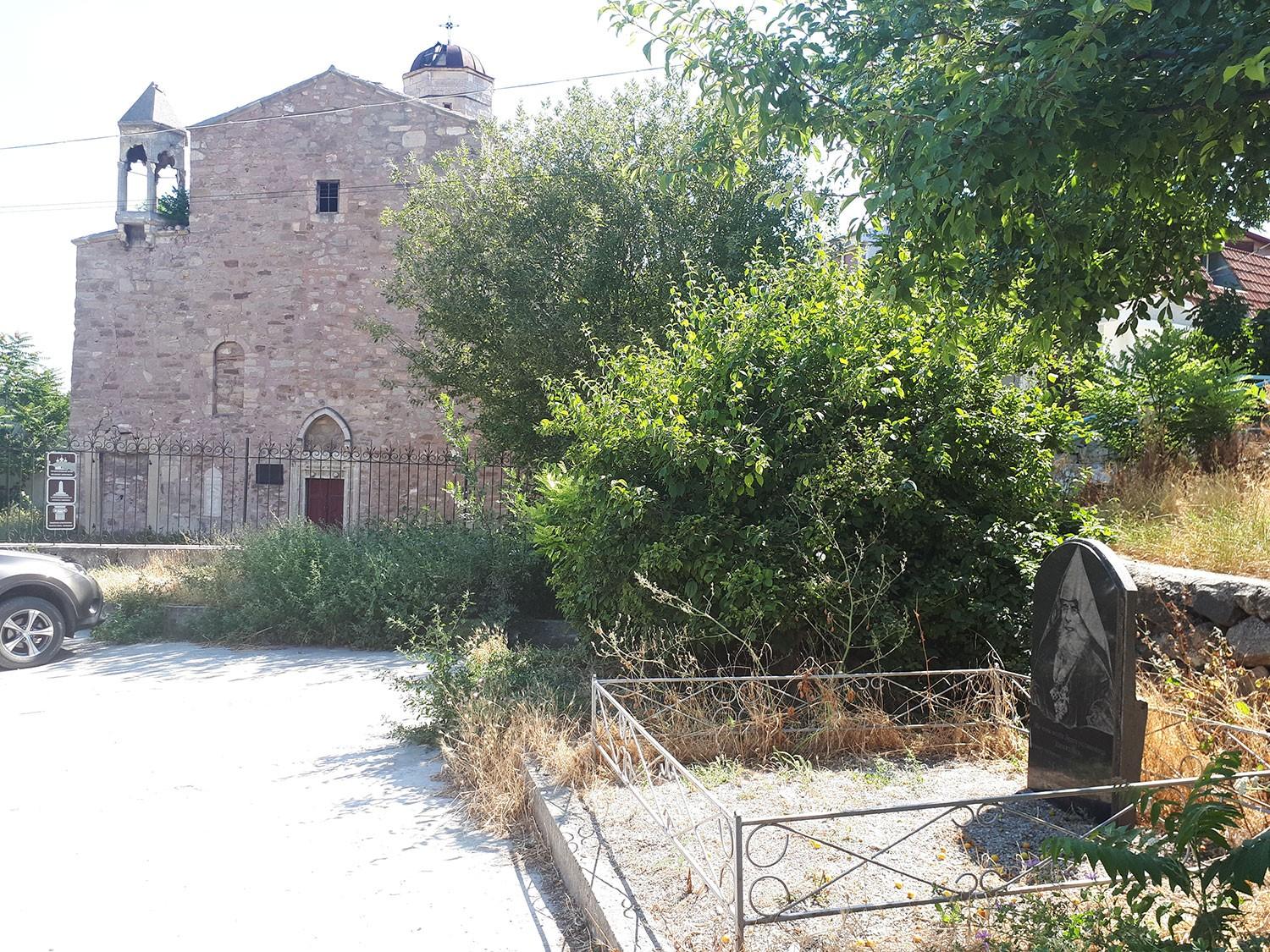
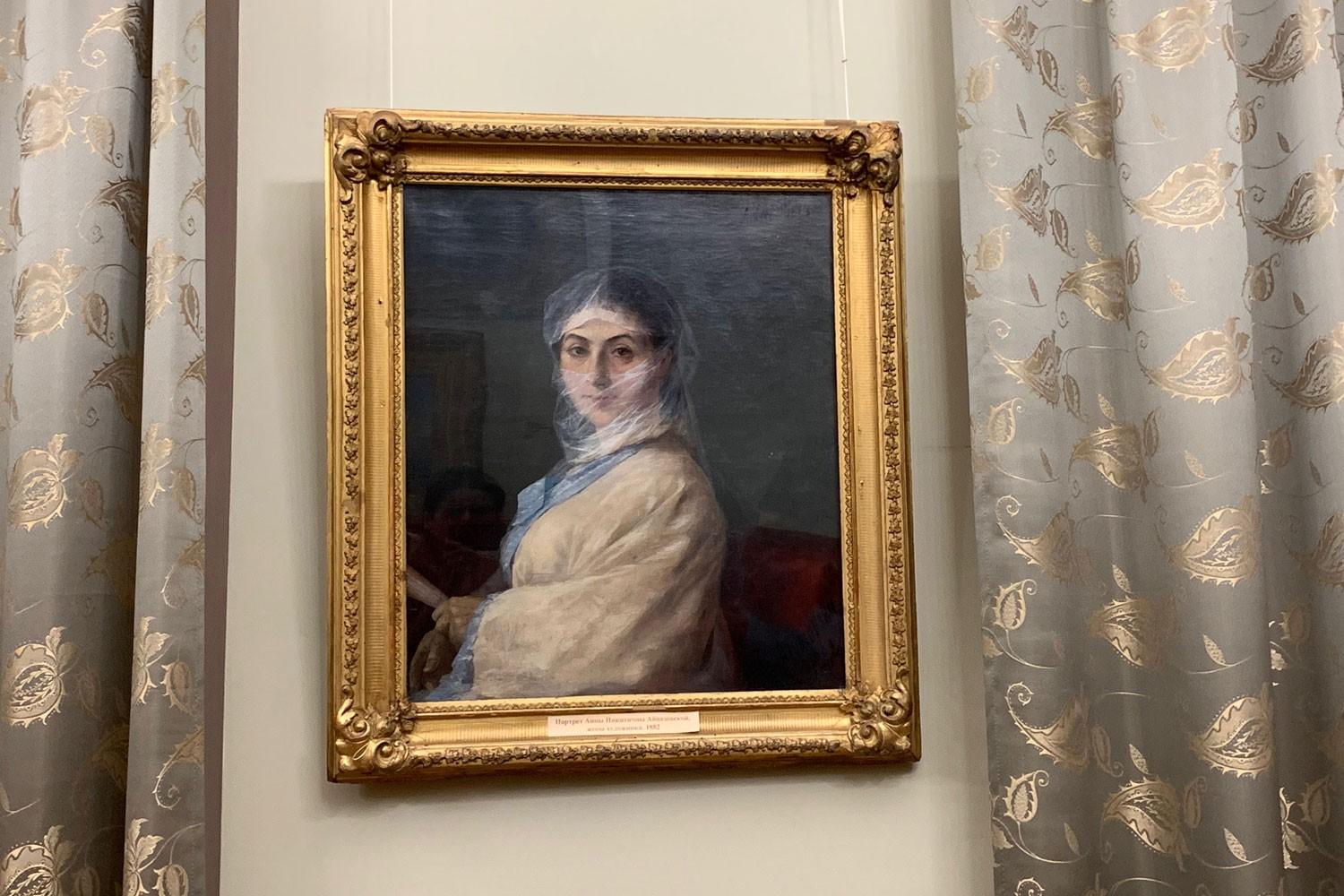
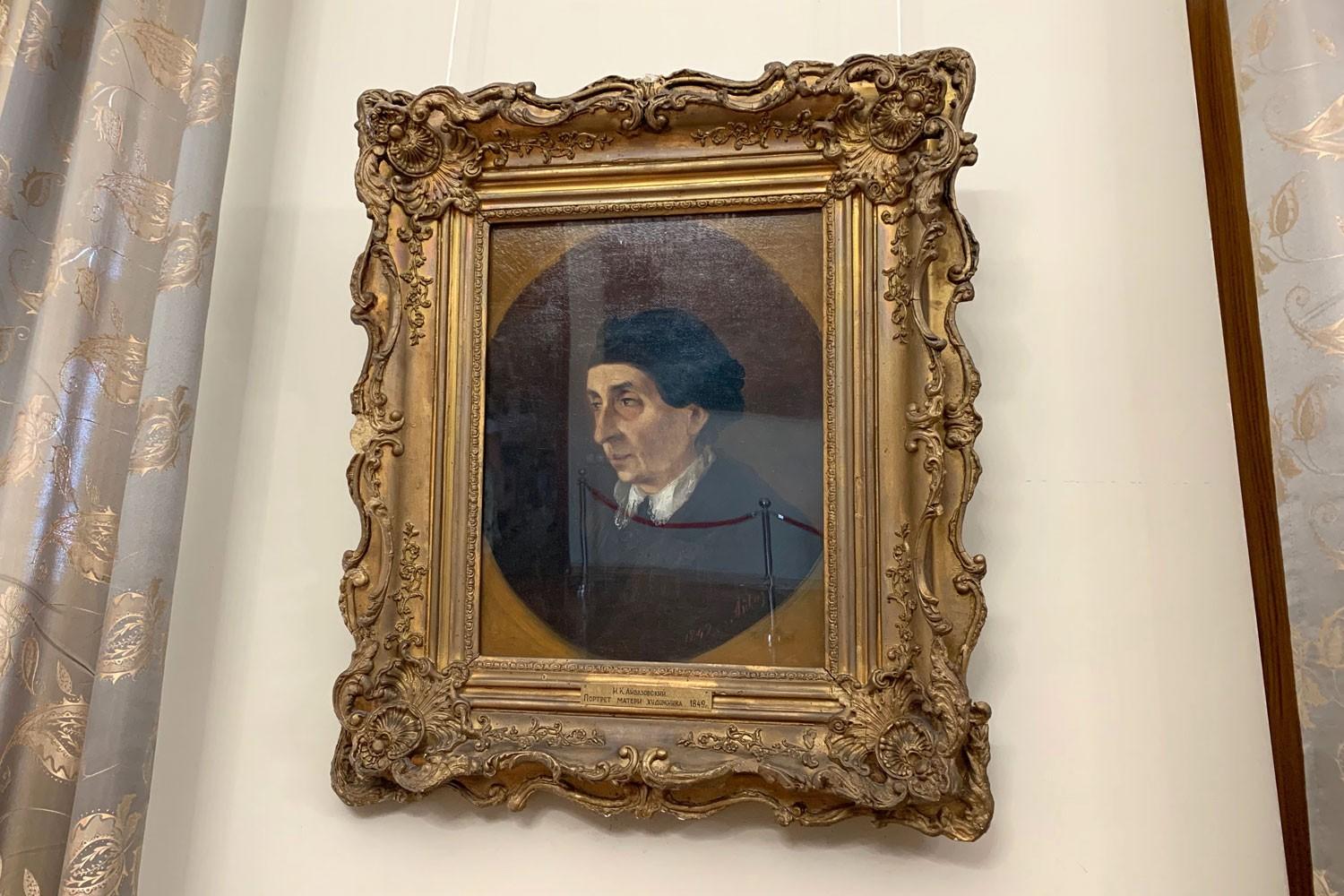
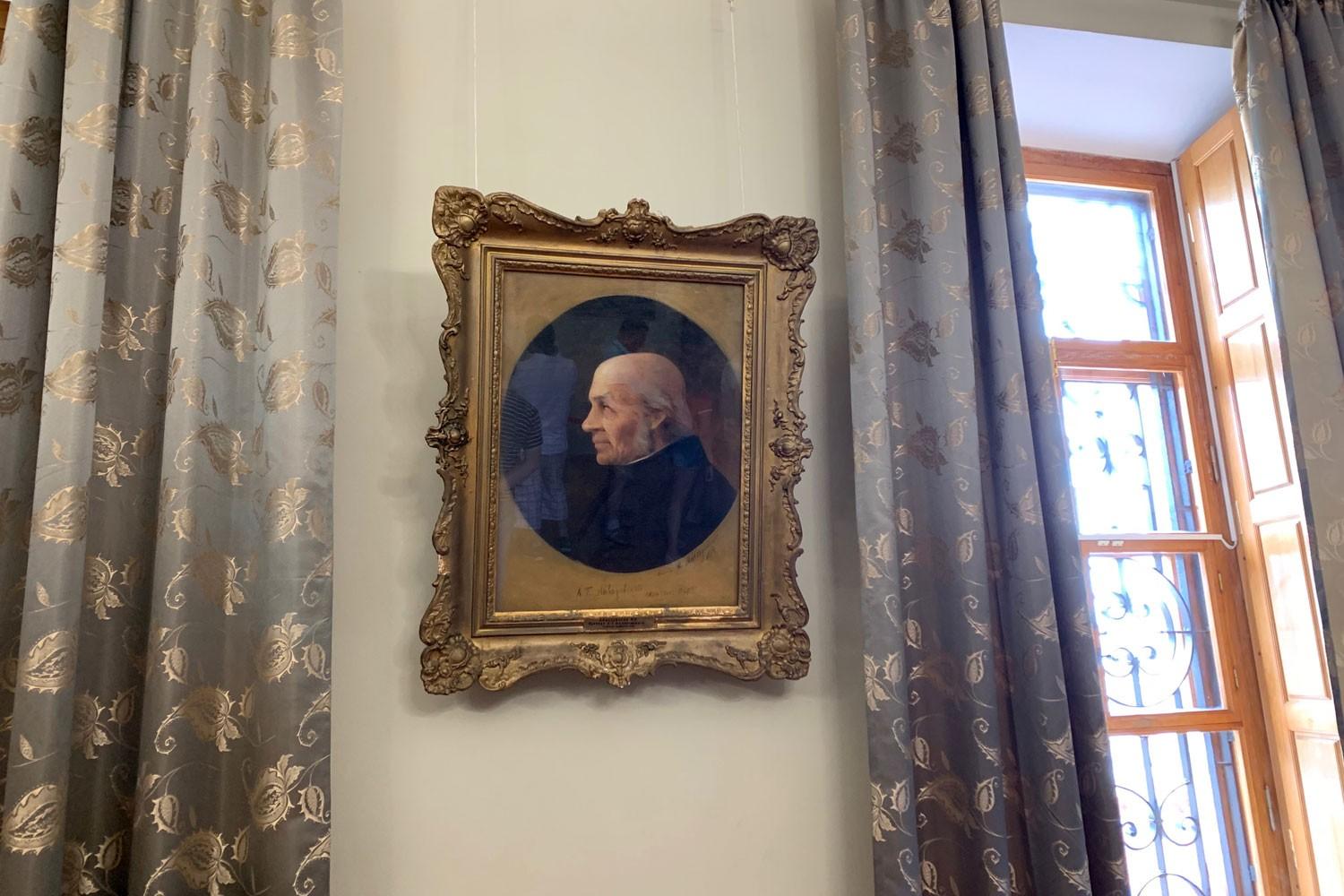
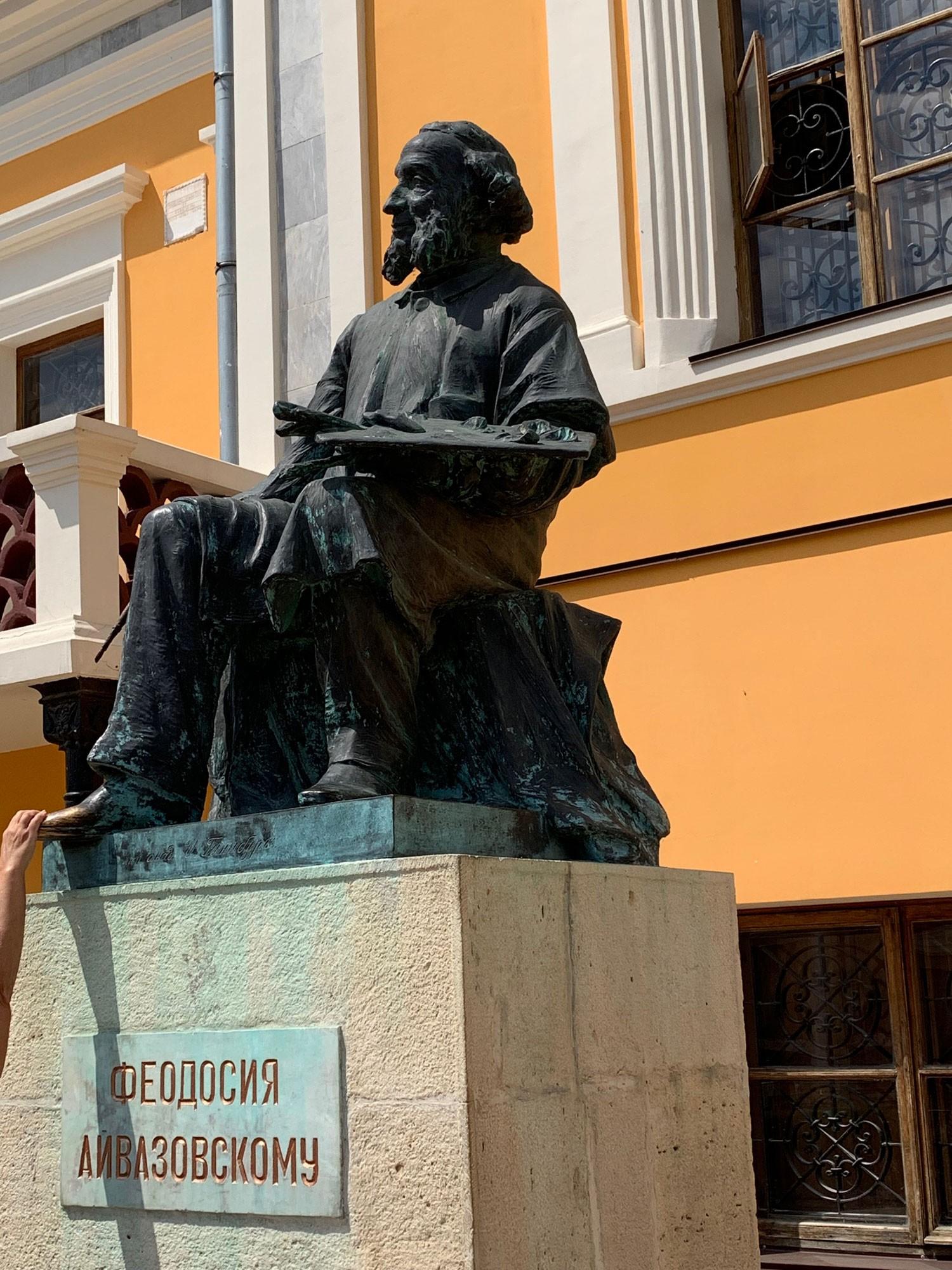
Write a comment